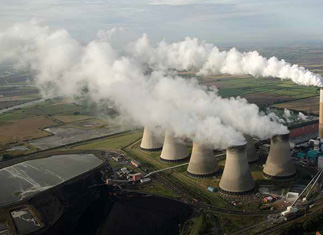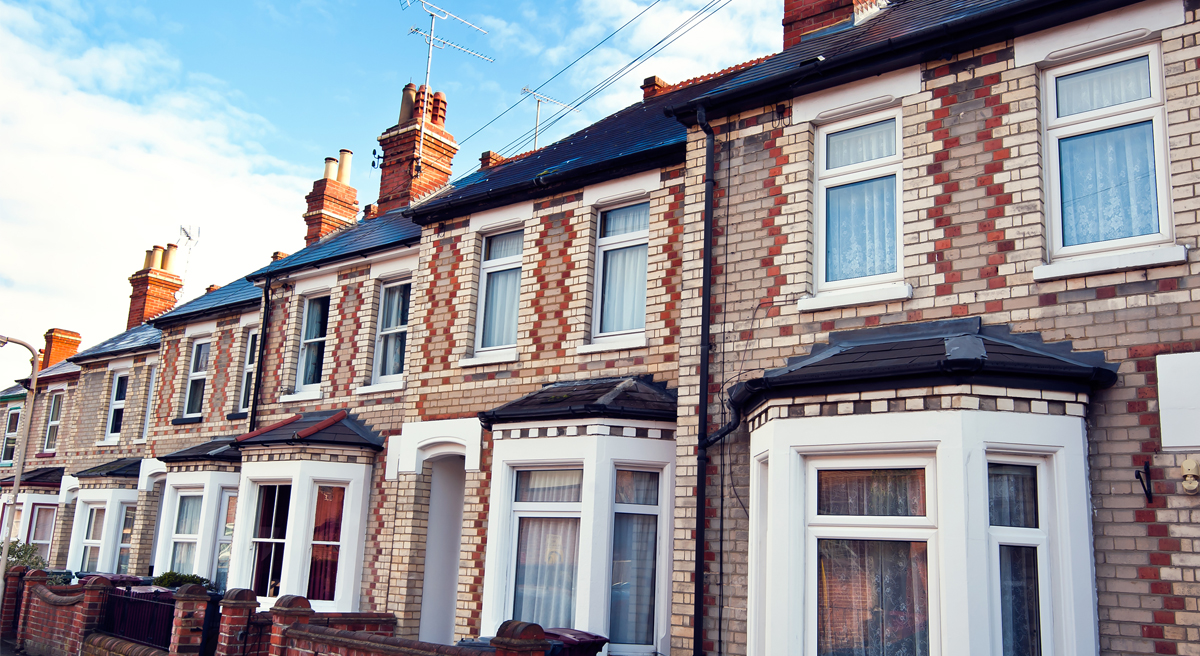The Net Zero Litmus Test: Making energy efficiency a public and private infrastructure investment priority
Date: 02nd Oct 2019

Decarbonising the UK economy to meet the Government’s world-leading Net Zero greenhouse gas commitment by 2050, represents both an unprecedented challenge and an unrivalled opportunity for innovation and investment.
The imperative of net zero emissions, as attested by the latest science and now set out in legislation, will require the continued transition of the power sector and also the rapid decarbonisation of manufacturing, transport, agriculture and buildings.
Buildings are at the heart of the UK’s decarbonisation and climate adaptation challenge. UK homes account for 20% of the UK’s greenhouse gas emissions and comprise some of the oldest and least energy efficient housing stock in Europe, which is why an action plan consisting of clear steps and milestones for improving the energy efficiency of our homes and driving a step-change in the requisite investment is a priority.
This report, prepared by the Energy Efficiency Infrastructure Group (EEIG), provides such a roadmap. It comprises a frank and uncompromising assessment of Government policy to date, highlights the considerable risks of inaction and presents a bold vision for investing in a Buildings Energy Infrastructure Programme. As highlighted in this report, the multiple, quantifiable benefits of allocating capital to ensure no household is left behind in the transition to a zero carbon economy not only include lowering emissions, reducing power generation capacity, but also reducing households’ energy bills, improving construction sector productivity, creating skilled employment opportunities. It will also deliver more comfortable and healthier indoor environments which in turn will lead to the avoidance of health conditions exacerbated by poor housing for some of our most vulnerable citizens.
© 2025 NEA all rights reserved.



















